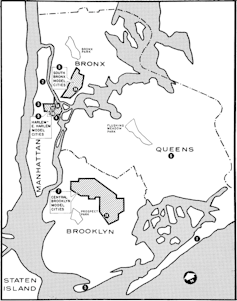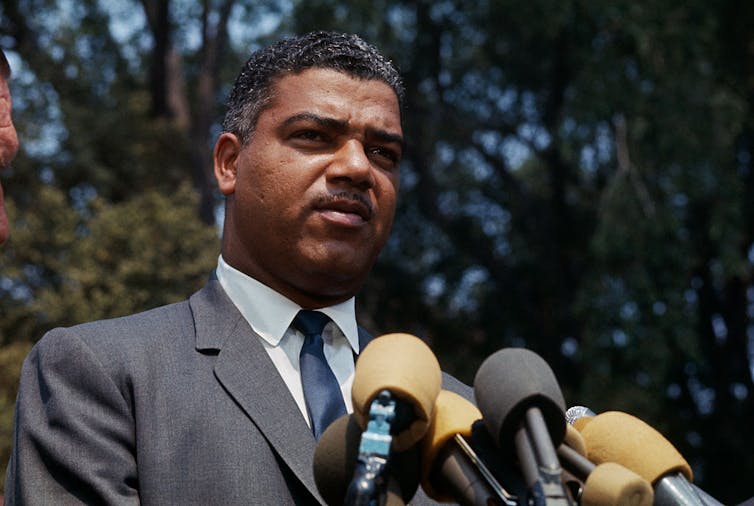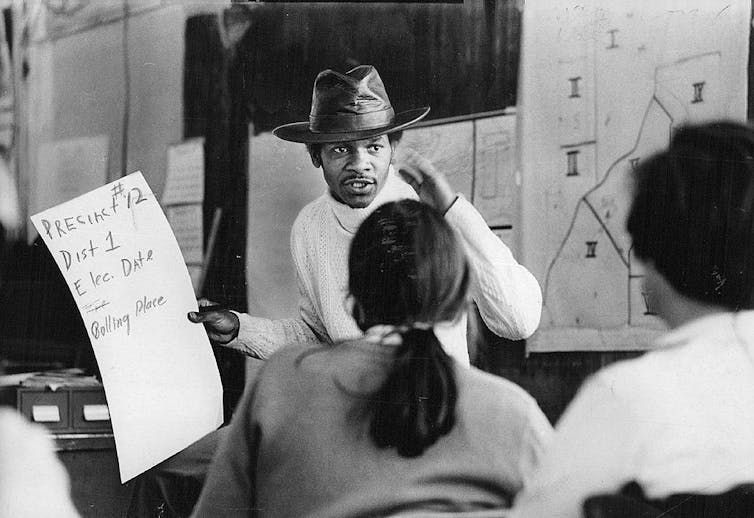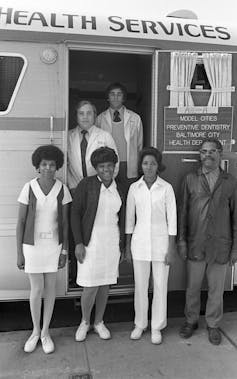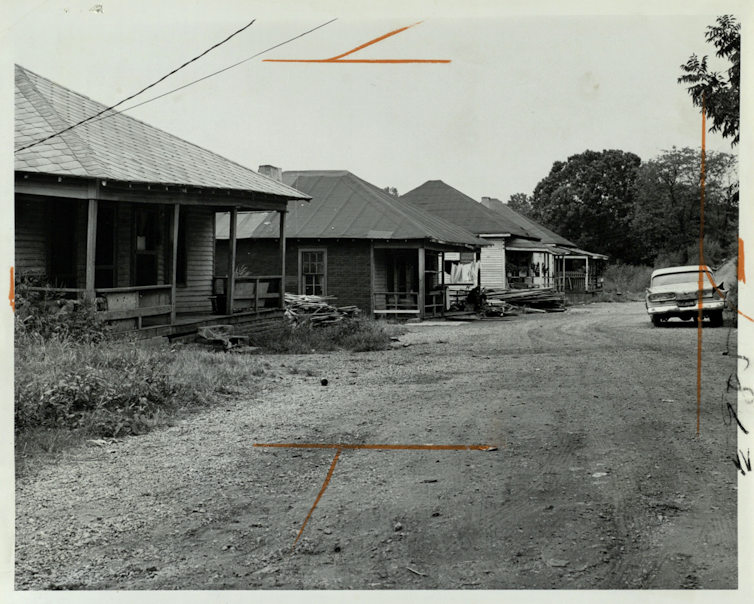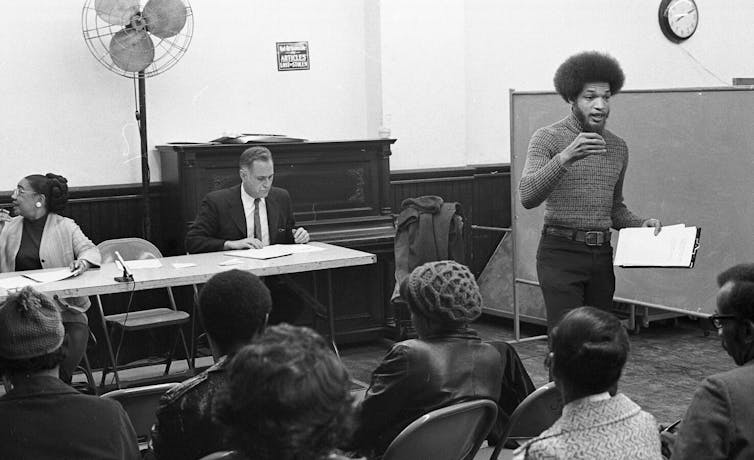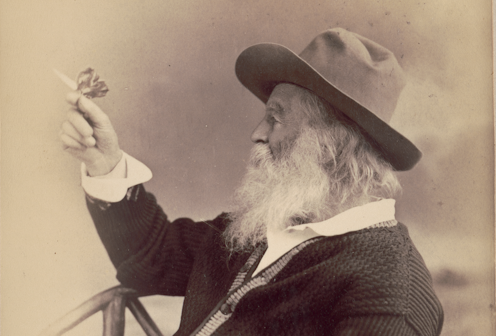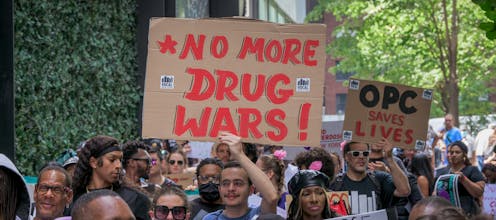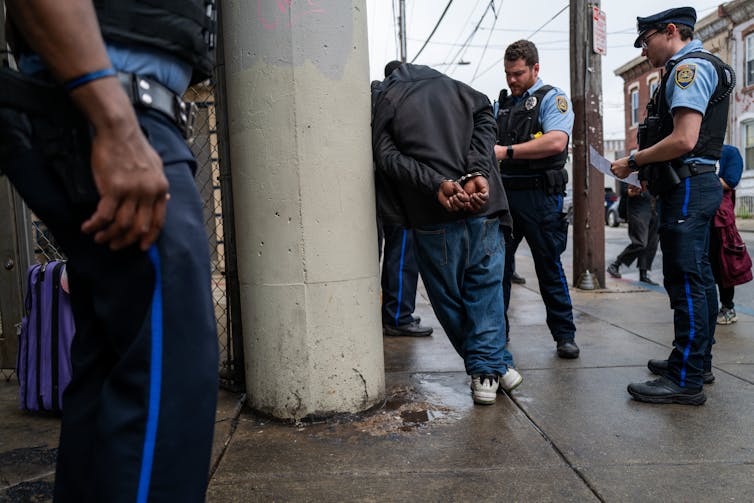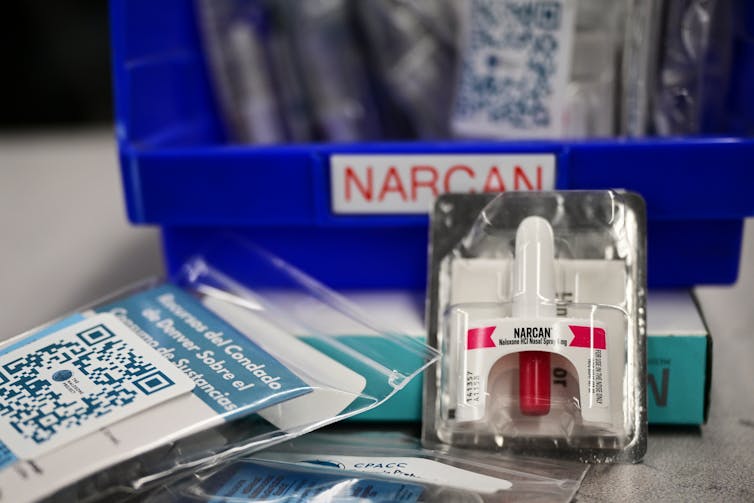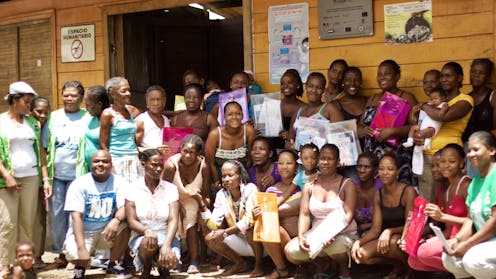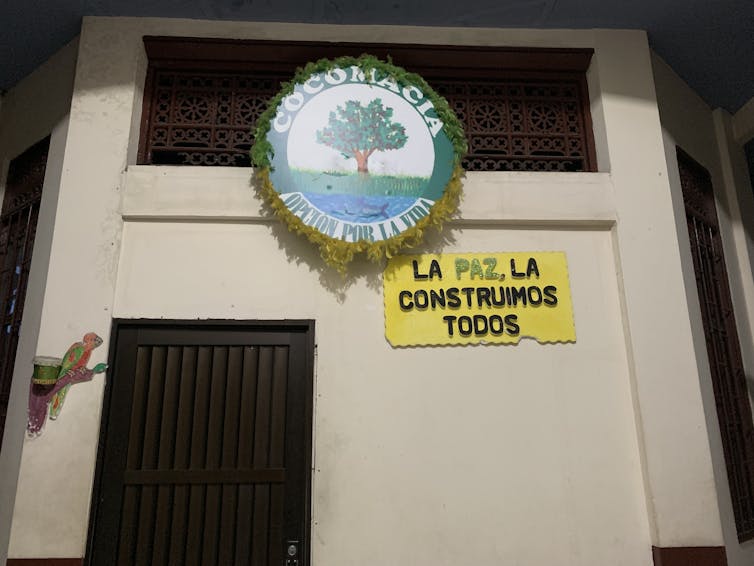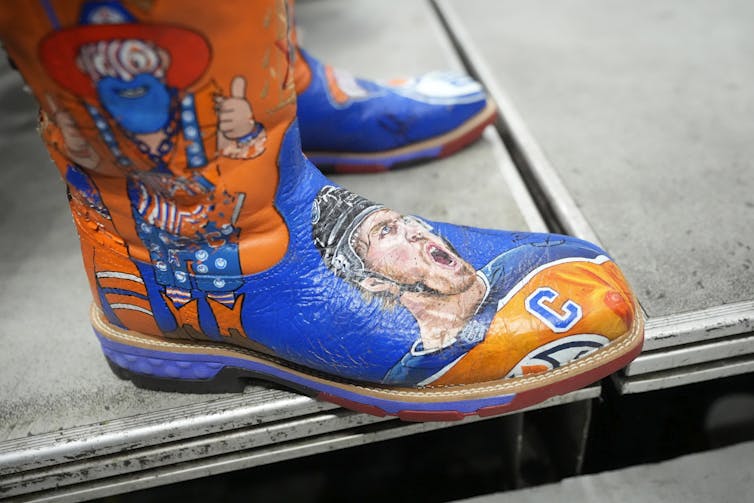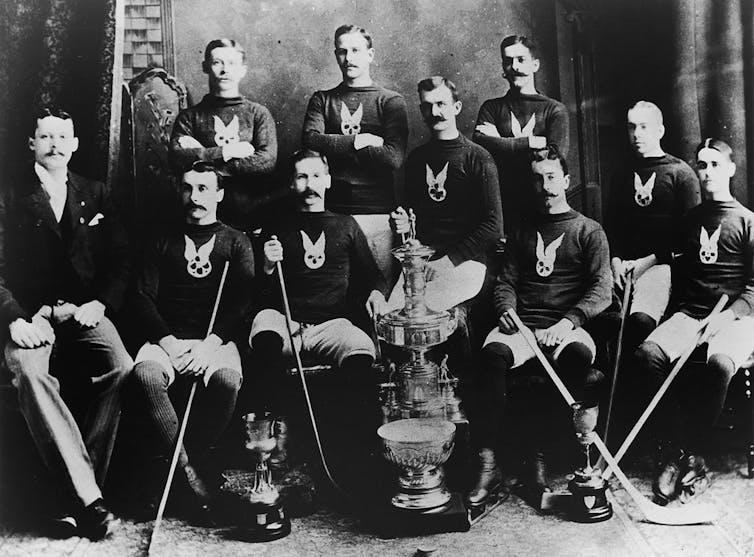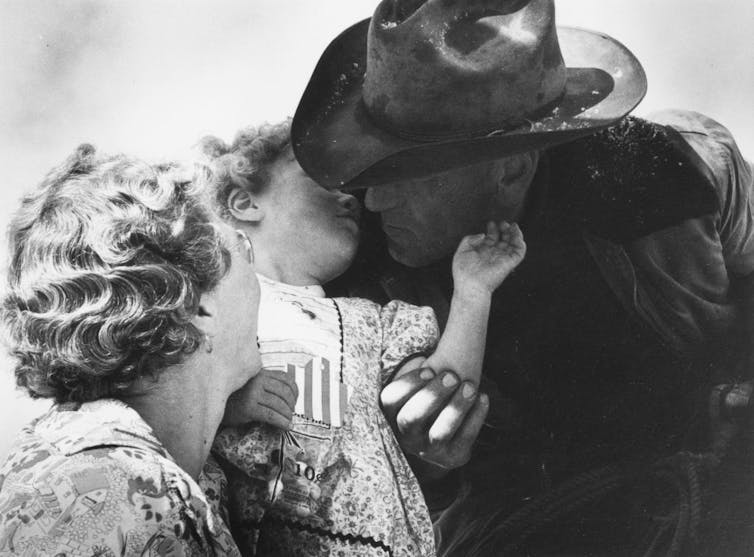Source: The Conversation – USA (2) – By Matthew Pittman, Associate Professor of Advertising and Public Relations, University of Tennessee

Curious Kids is a series for children of all ages. If you have a question you’d like an expert to answer, send it to CuriousKidsUS@theconversation.com.
How does a person become famous when they’re just a kid? – Anushka, age 9, St. Augustine, Florida
First, consider what kind of fame you want. Some kids, such as Blue Ivy Carter or Suri Cruise, are known for having famous parents – in their cases, singer Beyoncé and actors Katie Holmes and Tom Cruise. That’s something you can’t really control.
Maybe you want to be a star athlete, like basketball player Caitlin Clark or skateboarder Sky Brown. If you’re good at a sport, practicing a lot will make you even better, and you might get famous.
Or maybe you want to be a famous musician. Singer LeAnn Rimes won her first Grammy Award at age 14. Justin Bieber was discovered on YouTube when he was 12. If you work hard at playing an instrument or singing, you increase your chances of getting noticed.
A newer way to become famous is to be a social media influencer – a person who gets paid, either with money or with stuff, to help sell things on social media. A 2023 survey of 1,000 Gen Zers – people in their early teens to mid-20s – found that 57% wanted to become influencers.
I study social media and teach a social media class at the University of Tennessee. I also have a side gig as an influencer. My posts have gone viral and been seen hundreds of millions of times all around the world. I post silly and serious things about my life on Instagram and TikTok.
Here are some things to know about fame at a young age.
There wasn’t always a youth culture
Before modern times, people didn’t pay much attention to children in the way that we do now. There were a few exceptions, such as composer Wolfgang Amadeus Mozart, who played music as a child for kings and queens in the 1700s, but they were rare.
Things changed a lot as the U.S. population boomed after World War II. Businesses realized that young people were a big market, and a new, youth-focused culture developed. Movies, TV shows and songs were increasingly made for young people, featuring young people.
Now, thanks to social media and the internet, kids can get famous without being star athletes or actors. If you can make videos, sing songs, tell jokes or share art from your phone or computer and people like what you post, they might share it with others. Some kids become famous just by being really good at explaining things or showing their everyday lives.
For example, Anastasia Radzinskaya, an 11-year-old Russian American girl who shares content about children’s songs and games, has 1.5 million followers on Instagram. Ethan Gamer, a video game influencer, started appearing on YouTube in 2013 at age 7.
Pros and cons
Being a famous kid can offer a lot of benefits. You might get to appear on TV or in movies, wear cool clothes, or hang out with famous athletes or celebrities. You might also get to make money that you could use to support your family, pay for a high-quality education or fund causes that you care about, such as protecting nature or feeding hungry people.
But there also are downsides. Famous kids often have to work a lot and don’t have much time to hang out with friends. Also, people may say hurtful things about you on social media, which is something you can’t control.
Being famous can pressure people to act or dress in certain ways. Handling attention and criticism from strangers can be stressful for any young person, and fame makes the challenge much harder.
Should you try to be an influencer?
For me, influencing can be fun and creative. It’s cool to make a video and know that lots of people around the world are enjoying it.
Another plus is that the skills you need to be an influencer – communicating clearly, producing digital content and helping other people find cool new products – can be valuable as you grow up, no matter what job you have.
However, most influencers don’t make enough money to do it full time – they do it as a side gig while working a real job. If you are a kid, school should be your full-time job.
You also should expect to get rejected a lot before you start developing an audience. This can make you emotionally strong in the long run, but it still hurts when you share your work and no one seems to notice. Most influencers put in years of effort to learn the skills that help make them successful.
You’re likely to get negative responses that can hurt your feelings. You will need your parents’ help to manage online feedback and know how to react to all kinds of responses, positive and negative.
It’s definitely possible for kids to be famous today, but that doesn’t mean that every kid should try. What’s important is to do things that you enjoy, even if the whole world isn’t watching.
Hello, curious kids! Do you have a question you’d like an expert to answer? Ask an adult to send your question to CuriousKidsUS@theconversation.com. Please tell us your name, age and the city where you live.
And since curiosity has no age limit – adults, let us know what you’re wondering, too. We won’t be able to answer every question, but we will do our best.
![]()
Matthew Pittman’s influencer posts focus on his college teaching and family life. He occasionally receives products or payments in return for promoting toys, teaching tools and family games.
– ref. How does a person become famous when they’re just a kid? – https://theconversation.com/how-does-a-person-become-famous-when-theyre-just-a-kid-255820



